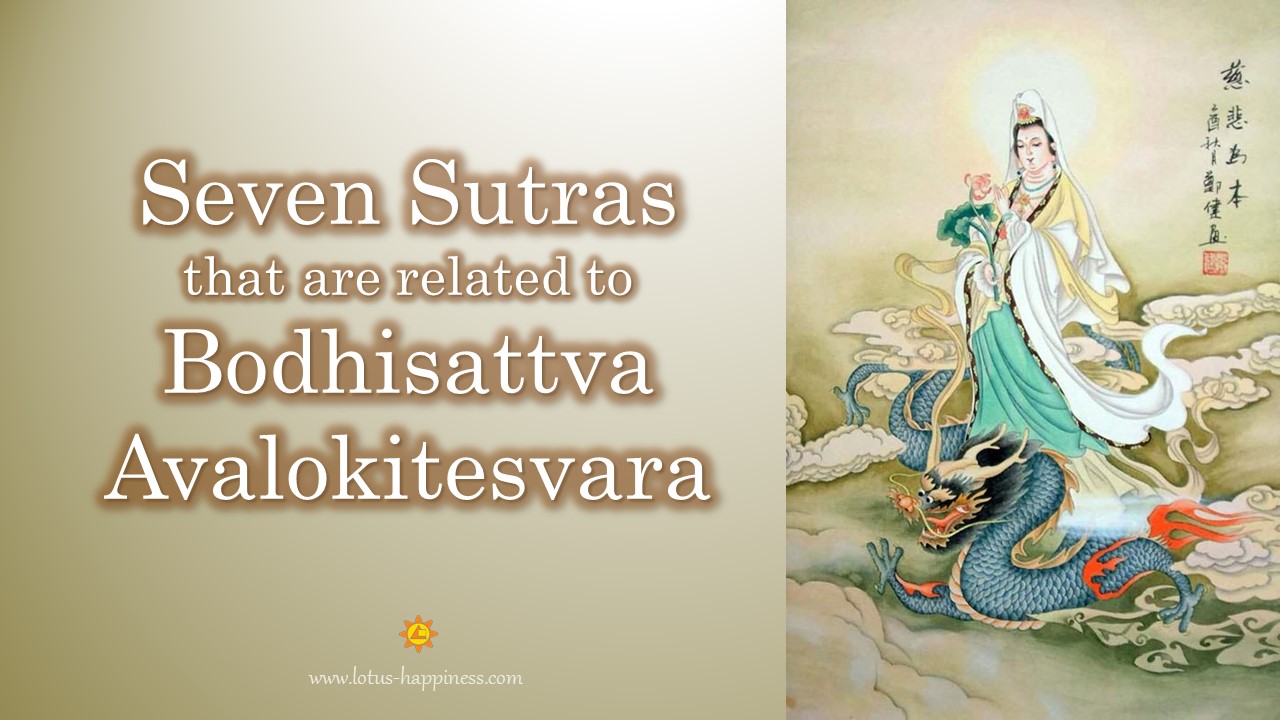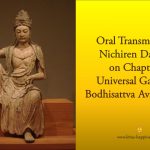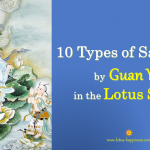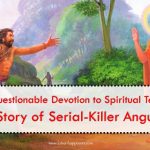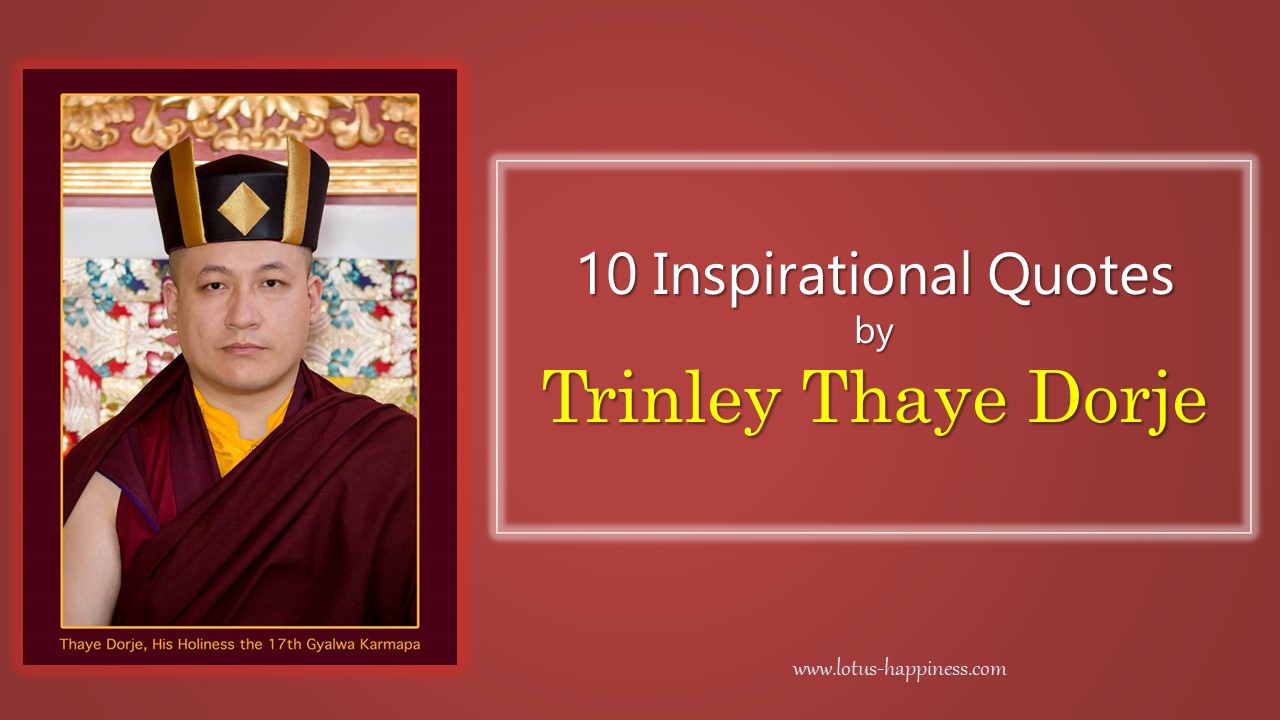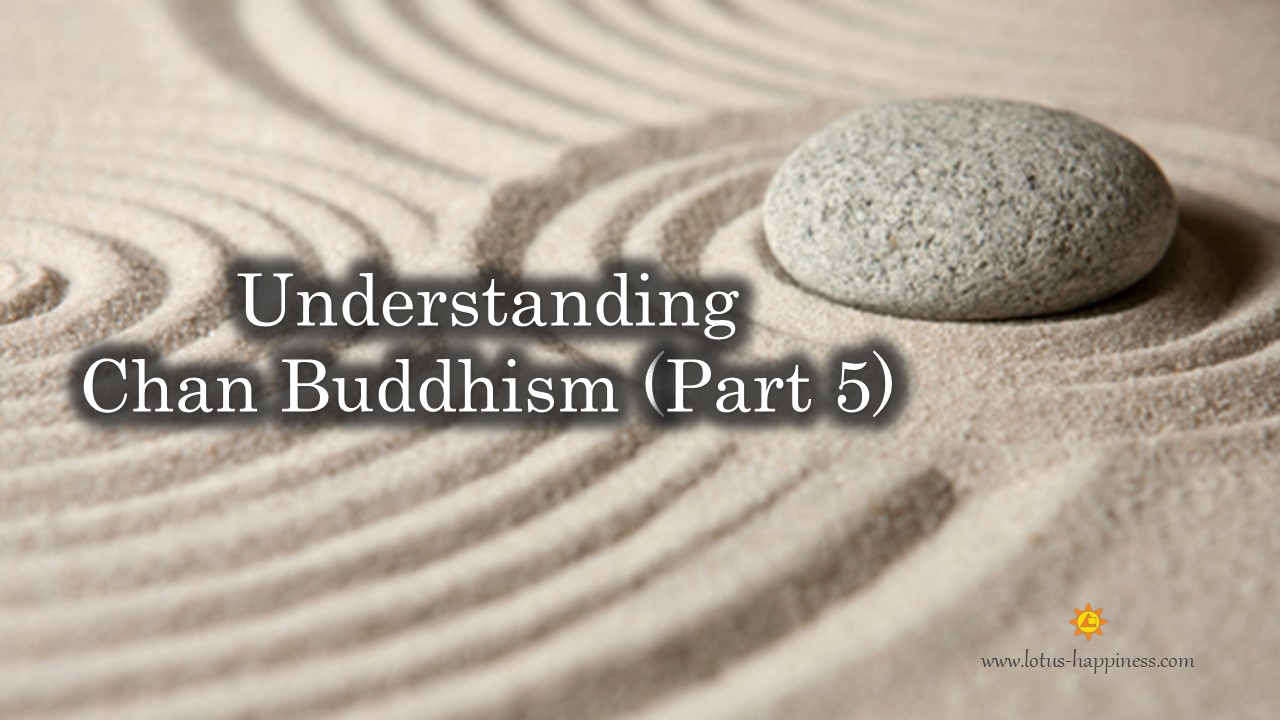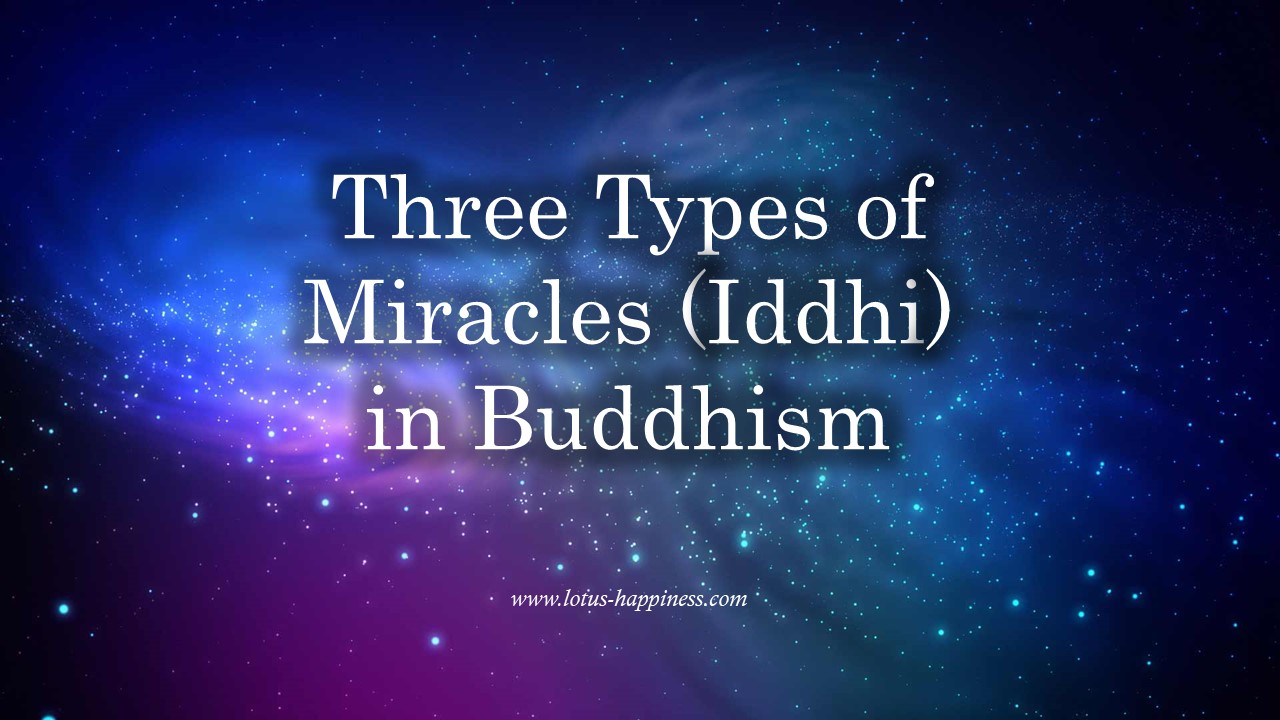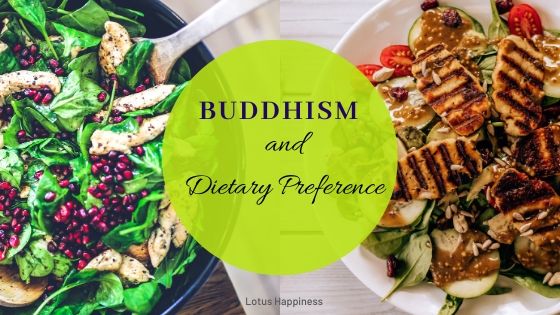Seven Sutras that are related to Bodhisattva Avalokitesvara
In Mahayana Buddhism, Bodhisattva Avalokitesvara is one of the most eminent bodhisattvas whose presence is palpable in many of the famous temples in East Asia. The Sanskrit term “Avalokitesvara” means “perceiving the cries of the people in the world.” This is due to the profound and compassionate vow of this bodhisattva to save people through his divine powers.
The presence of Bodhisattva Avalokitesvara is ubiquitous in many of the Mahayana sutras. Have you ever wondered what are the scriptural sources of many Guan Yin’s mantras and dharani? Here is a list of the 7 sutras in which Bodhisattva Avalokitesvara appear:
#1 – Amitāyurdhyāna Sūtra (佛說觀無量壽佛經)
Amitāyurdhyāna Sūtra is one of the three principle texts in Pure Land Buddhism. In this sutra, Shakyamuni explains the importance of performing certain meritorious acts in order to be reborn in the Pure Land. He then goes on to teach Vaidehi how to visualize the Pure Land, to further her efforts in attaining rebirth there. Shakyamuni describes thirteen “contemplations,” or mental visualization exercises, that are to be followed in order. By deeply contemplating various aspects of the Pure Land and attempting to visualize them in detail, the aspirant draws closer to the Pure Land. One of the thirteen contemplations is the Contemplation of Avalokiteśvara.
#2 – Infinite Life Sutra (無量壽經)
Infinite Life Sutra is the longest of the three major texts of Pure Land Buddhism. Bodhisattva Avalokitesvara and Bodhisattva Mahasthamaprapta are the acolytes of Amitabha Buddha, a Buddha in the pureland of Sukhavati. In many of the Buddhist temples and monasteries in East Asia, Bodhisattva Avalokitesvara is depicted on the left side of Amitabha Buddha.
#3 – Mahakarunikacitta Sutra (千手千眼觀世音菩薩廣大圓滿無礙大悲心陀羅尼經)
In this sutra, Guan Yin spoke the Nilakantha Dharani or Mahākaruṇā Dhāraṇī, popularly known as the Great Compassion Mantra in English before an assembly of Buddhas, bodhisattvas, devas, and kings. Listen to the Great Compassion Dharani in Sanskrit.
#4 – Karandavyuha Sutra (佛說大乘莊嚴寶王經)
Karandavyuha Sutra means “Buddha speaks Mahayana Sublime Treasure King Sutra” in English. This is a Mahayana sutra which extols the virtues and powers of Avalokitesvara, and is particularly notable for introducing the mantra “Om Mani Padme Hum” into the sutra tradition. The mantra “Om Mani Padme Hum” is the most popular mantra in Tibetan Buddhism, it means “Homage to the Jewel in the Lotus.”
#5 – Heart Sutra (心经)
In the Heart Sutra, Guan Yin expounds the Law of Emptiness to Shariputra. The essence of the Law of Emptiness is encapsulated in this verse: “Form is Emptiness, Emptiness is Form.” The famous mantra in the Heart Sutra is “Gate Gate Paragate Parasamgate Bodhi Svaha,” meaning “Gone, gone, gone to the shore of Supreme Perfect Enlightenment.”
#6 – Eleven-Faced Avalokitesvara Heart Dharani Sutra (佛说十一面观世音神咒经)
This sutra introduces the Heart Dharani of the Elevan-Faced Avalokitesvara (Chinese:圣十一面观自在菩萨根本咒). In the text, the Buddha introduces and talks about the benefits and the incredible power of this dhāraṇī. Below is the romanized Sanskrit version dharani:
Namo Ratna Trayāya Namaḥ Ārya Jñāna Sāgara Vairocana Vyūha Rājāya Tathāgatāya Arhate Samyak Sambuddhaya Namah Sarva Tathagatebyah Arhatebhyaḥ Samyaksaṃbuddhe Byaḥ Namaḥ Arya Avalokite Śvarāya Boddhisattvāya Mahāsattvāya Mahākāruṇikāya Tadyathā Oṃ Dhara Dhara Dhiri Dhiri Dhuru Dhuru Ite Va Itte Cale Cale Pra Cale Pra Cale Kusume Kusume Vare Ili Mili Citijvala māpanāye Svāhā
#7 – The Lotus Sutra (妙法莲华经)
Universal Gateway, the Chapter 25 of the Lotus Sutra, is one of the most popularly recited sutras in Chinese Buddhism. In this sutra, the Buddha explains the various divine powers of Guan Yin and encourages people to keep in mindfulness of the name of Guan Yin for divine protection. (10 Types of Salvation by Guan Yin in the Lotus Sutra.)
#8 – Shurangama Sutra
(大佛顶首楞严经)
This is the sutra widely promulgated by Master Hsuan Hua, founder of the City of Ten Thousand Buddhas. While the longest dharani found in this sutra is purported to be the essence of the teaching, the most outstanding dharma, however, is actually the sharing of experiences by Avalokitesvara in Chapter 5 – The Six Knots. In this chapter, it explains how one can attain enlightenment by focusing on one out of the six senses – the faculty of hearing. It says that Avalokitesvara mastered the faculty of hearing to attain the transcendence of Buddhahood.
#9 – High King Avalokitesvara Sutra
(高王观世音真经)
This is a powerful sutra that helps one to purify the most gravest karma. By chanting the sutra for 1000 times (which is about 83 hours), one will be able to eradicate the most intractable karmic obscurations.

